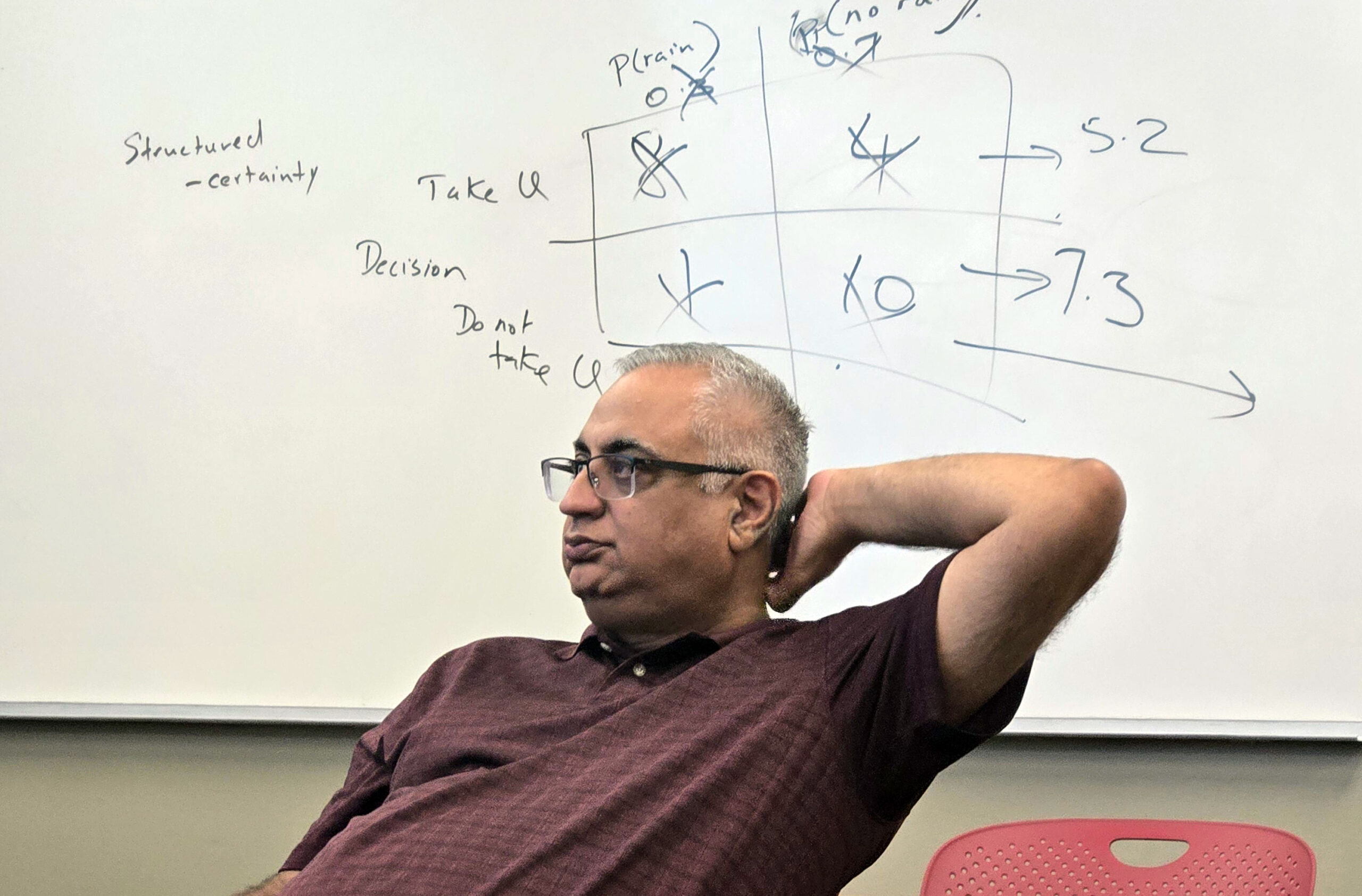
A theory is basically our best guess at explaining why something happens, but it’s not just any random guess – it’s a careful explanation based on actual evidence we can see, measure, or observe in the real world or you can say that a theory is like a special kind of map or model that helps us understand and explain specific changes we see happening in the world. Here’s what makes something a theory:
- It’s a tool created by people to help us:
- Predict what might happen
- Explain why things happen the way they do
- It’s not a physical thing you can touch – it’s more like an idea or concept that helps us make sense of things.
- Every theory has a specific focus – it doesn’t try to explain everything in the world, just certain parts or events that we’re interested in understanding better.
While all theories are models (ways of representing how something works), not all models qualify as theories. A model needs to meet certain standards to be considered a theory.
Think of it this way: A theory is like a well-thought-out explanation that helps us both understand what’s happening now and predict what might happen next in specific situations – similar to how weather forecasting models help us understand and predict the weather.
Would you like me to elaborate on any part of this explanation?
Let me give you some examples:
- Everyday Example: The Missing Cookies
- Situation: Every morning, cookies keep disappearing from the kitchen counter
- Evidence (empirical observations):
- Crumbs on the floor
- Cookie jar lid slightly askew
- Tiny footprints in the sugar
- Theory: “The cookies are being eaten by mice at night”
- This explains all the evidence
- It can be tested (like setting up a camera)
- It’s based on real observations, not just imagination
- Scientific Example: Why People Get Sunburned
- Real-world observation: People’s skin turns red after being in the sun too long
- Evidence collected:
- It happens more on sunny days
- It happens less when wearing sunscreen
- Some people burn faster than others
- Theory: “UV rays from the sun damage skin cells, causing inflammation”
- Explains what we see
- Can be tested in various ways
- Based on actual measurements and observations
The key points in simple terms:
- A theory isn’t just a wild guess – it’s like a well-thought-out explanation
- It has to explain things we can actually see or measure in the real world
- It needs to follow the rules of good science (like being able to test it)
- It’s not the same as saying “I have a theory about...” in everyday conversation, which is more like having a hunch
Think of it like this: If science was a crime show, a theory would be the detective’s explanation of how and why the crime happened, based on actual evidence like fingerprints, security cameras, and witness statements – not just random guesses.
THE FOUR BUILDING BLOCKS OF THEORY:
WHAT (Constructs):
These are the main pieces or ingredients of your theory. Like the basic materials you need to build a house (bricks, wood, cement)
Example: If studying social media addiction, constructs might be:
- Screen time
- Anxiety levels
- Social connection
- FOMO (Fear of Missing Out)
- HOW (Relationships):
- Shows how these pieces connect or affect each other. Like how rooms in a house connect through doors and hallways
- Example: Using our social media study:
- More screen time → Higher anxiety
- Higher FOMO → More screen time
- More social connection → Less anxiety
- WHY (Justifications): Explains the reasons behind these connections. Like explaining why you put windows in certain walls
- Example:
- “Screen time increases anxiety because constant comparison with others makes people feel inadequate”
- WHO, WHERE, WHEN (Boundary Conditions): Shows when and where your theory works (and doesn’t work). Like saying “this house design works in warm climates but not in cold ones”
- Example:
- “This theory applies to teenagers but might not work for older adults”
- “Works in cultures with high social media use”
MAKING IT PRACTICAL: Let’s use Netflix watching habits as an example:
- Constructs (WHAT):
- Binge-watching behavior
- Sleep quality
- Next-day productivity
- Show recommendations
- Relationships (HOW):
- More binge-watching → Less sleep
- Less sleep → Lower productivity
- Better recommendations → More binge-watching
- Justifications (WHY):
“Just one more episode” effect keeps people watching
Lost sleep makes it hard to focus next day
Good recommendations make the service more addictive
- Boundary Conditions (WHO/WHERE/WHEN):
- Works for: People with streaming services
- Doesn’t apply to: People without reliable internet
- Varies by: Age group, work schedule, living situation










Leave a Reply